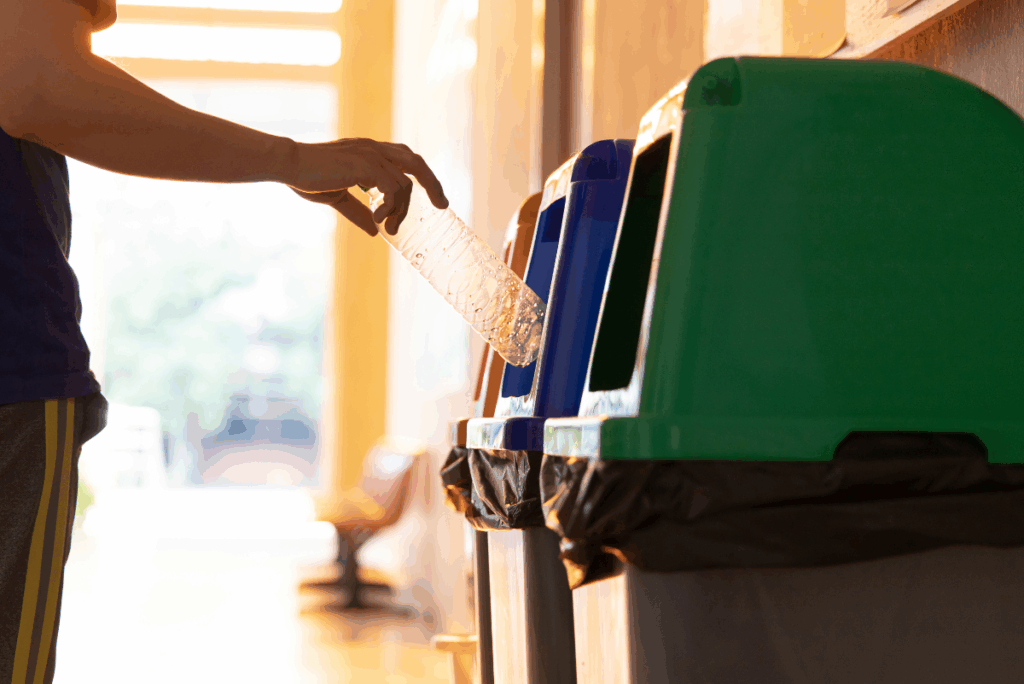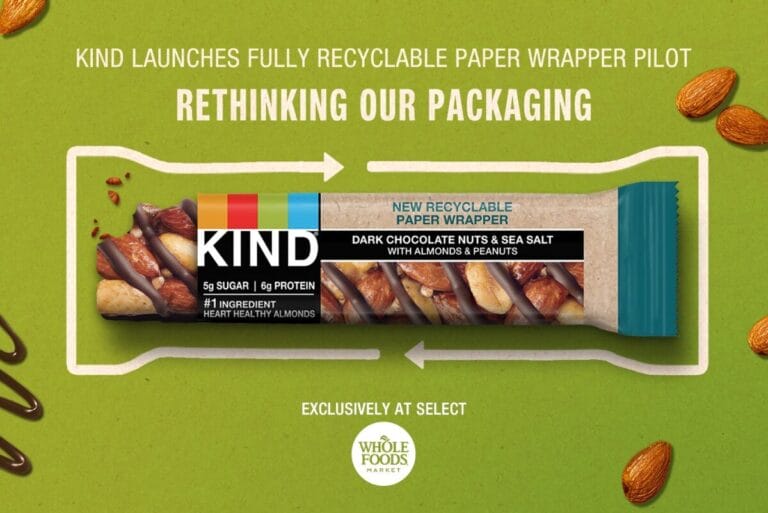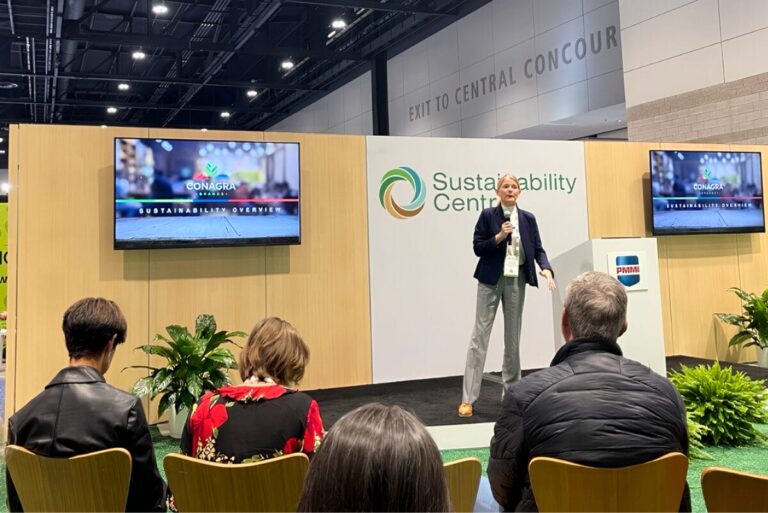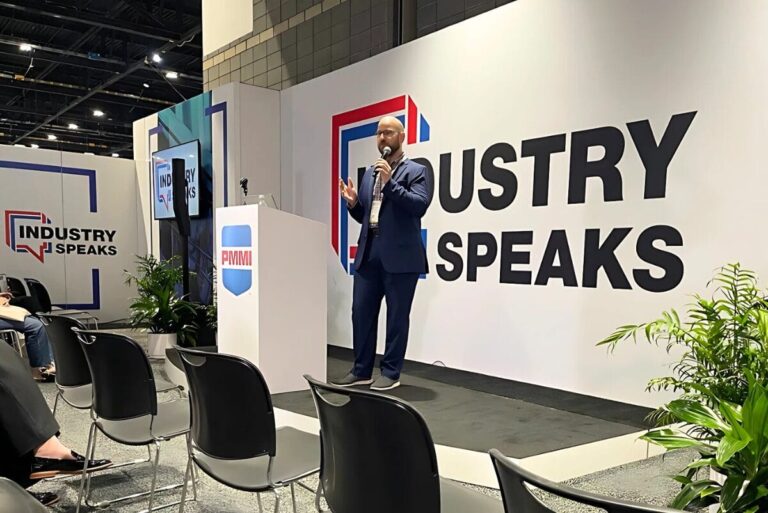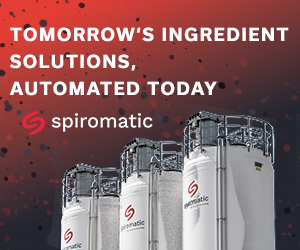LAS VEGAS — More and more, consumers find themselves distrustful of the recycling system. Those who do recycle the majority of their eligible waste are unsure of where it goes, and those who don’t aren’t sure where to even start.
During an education session at Pack Expo Las Vegas 2025 titled Recycling Rates and Beyond: Format-Specific Approaches to Advance Sustainability of Packaging, Keya Peterson, VP of strategy and sustainability at Amcor Flexibles North America, discussed the limitations in place for many consumers.
“About 37 percent of multi-family households have access to recycling, compared to about 85 percent of single-family households,” Peterson said. “What that means is there are about 20 million households in America that do not have access to any kind of recycling infrastructure just by virtue of the fact that they live in a multi-housing complex. That’s a big problem to solve.”
Whether a household has easy access to recycling isn’t the only problem. Many don’t engage or participate in recycling programs due to inconvenience and overall confusion about the process.
“There isn’t enough education to let people know what they can recycle, where they can recycle, what they have to do and how they can feel confident that, if they’re making the effort, their stuff is actually getting recycled,” Peterson explained. “So trust is slow, and after that, once you’ve gotten that trust, there’s a lot of environmental apathy, and there’s no economic incentive to go and recycle. Even if there was, there are no consequences for non-compliance.”

